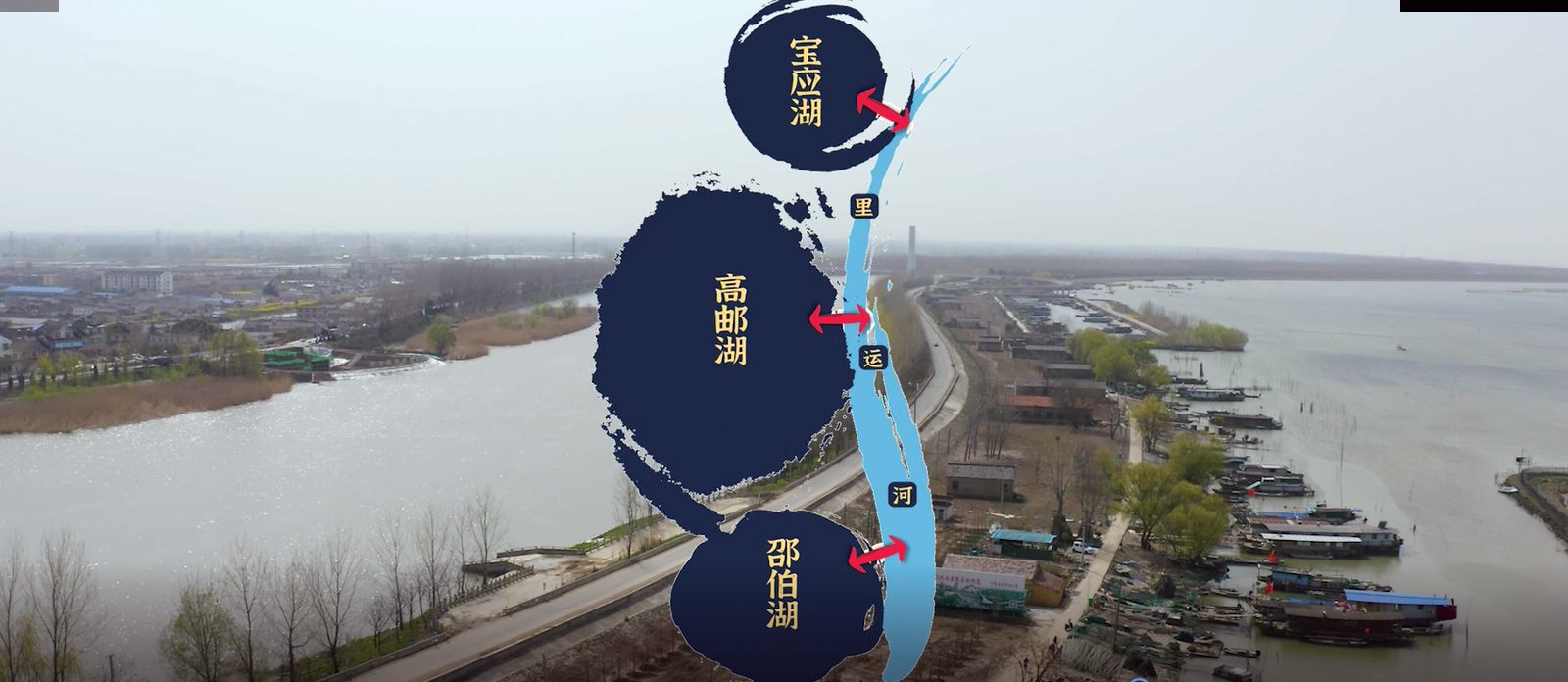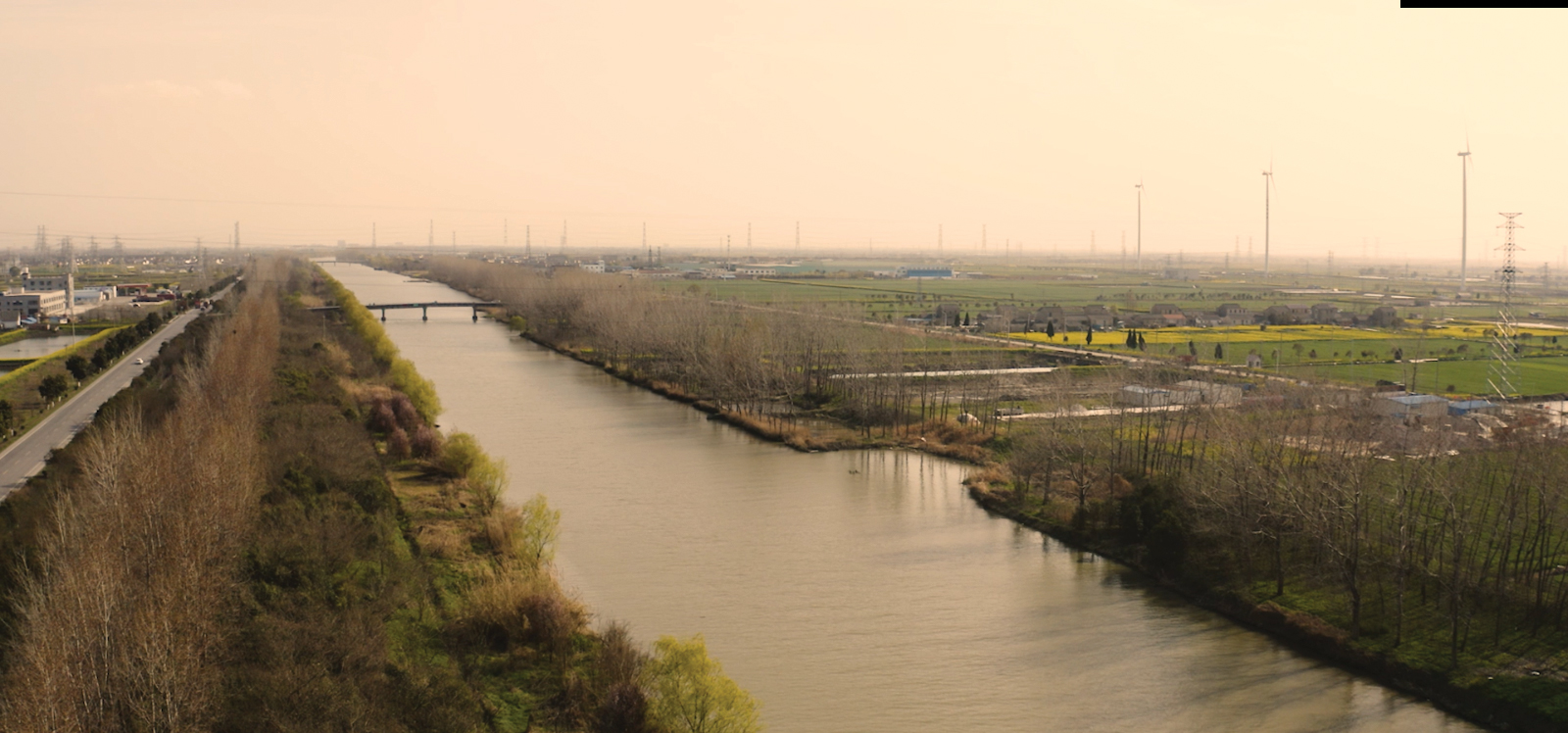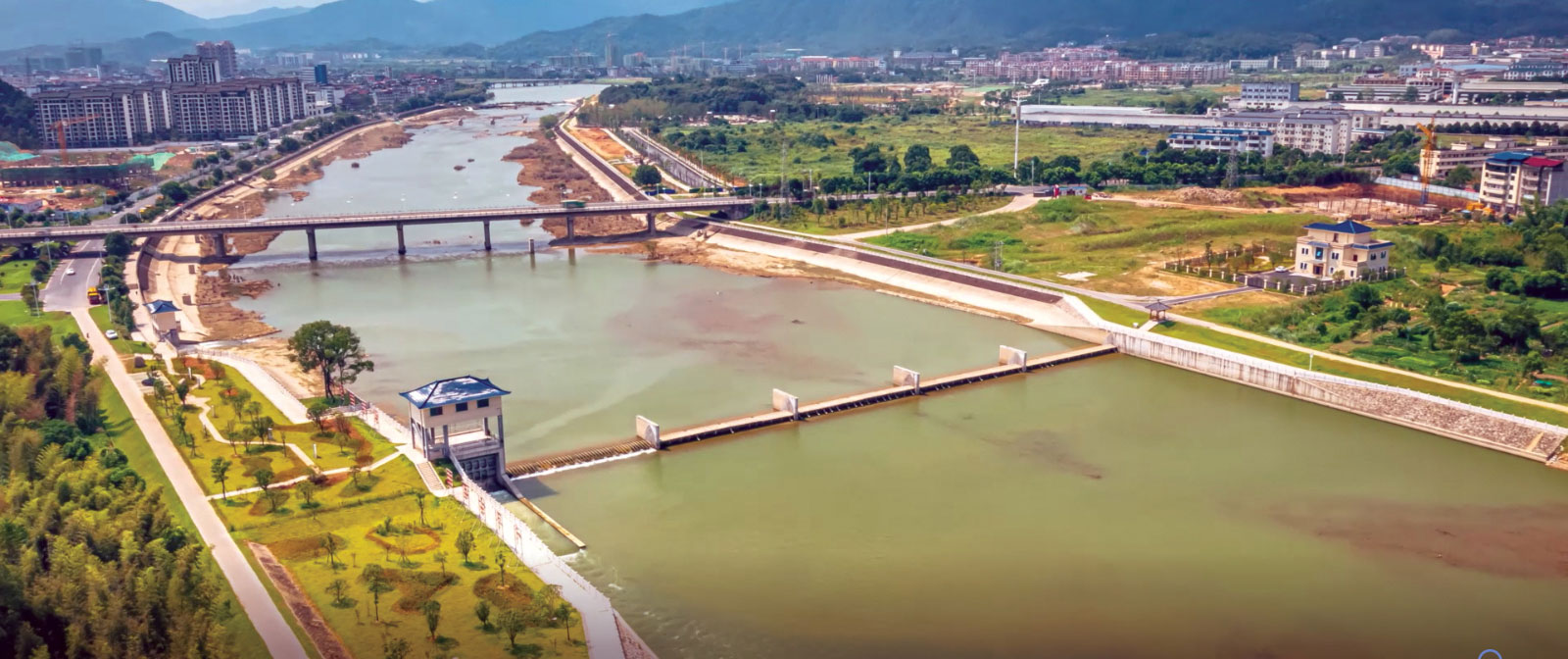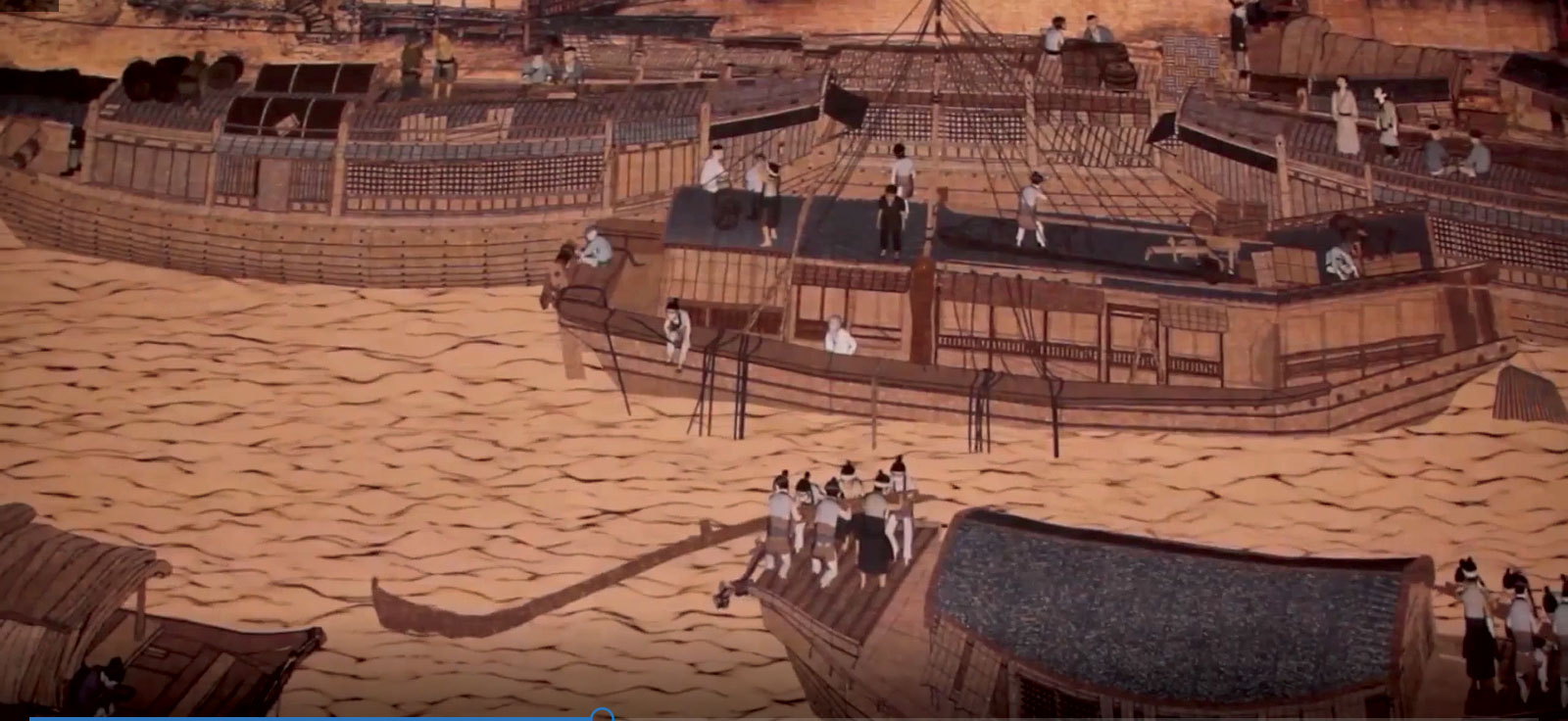Li Canal-Gaoyou Irrigation District
Profile; ?>The history of the Li Canal could be traced back to the Hangou Canal built by Fuchai, the King of Wu, in 486 BC. Hangou Canal connected the Yangtze River and Huaihe River and later became an essential part of the Grand Canal connecting Hangzhou and Beijing. It is because of the characteristics of Hangou Canal and the good irrigation function that the local economic, military and administrative status has become prominent. As a result, later King Ying Zheng of Qin built a high platform and a post office here in 223 BC, which is the origin of the name of Gaoyou ('Gao' is high in Chinese and 'you' post). This reflected that the Gaoyou region had good irrigation agriculture at that time, which provided a solid economic foundation for the establishment of the Post Office of Qin. Three years later, Qin Shi Huang built a road to the seaside in Gaoyou, which can better reflect the local economy and agriculture.
The New Book of Tang records that the Li Canal has the function of irrigation. Li Jifu, the prime minister during the Yuanhe Period (806-820) of the Tang Dynasty, built the Pingjin Weir to regulate the canal's water level. This principle of "preventing insufficiency, and releasing excess" has since become the guideline in the water conservancy construction of Gaoyou. The Old Book of Tang records: "When Li Jifu served as the governor of Huainan region, he embanked the Gaoyou Lake for irrigation, benefiting tens of thousands hectares of farmland; in addition, he built another two ponds named Furen and Guben; together, these projects not only ensured that Shanyang Canal had sufficient water but also increased the irrigated area by more than 30,000 ha.” Also called the Three Ponds of Gaoyou, these three projects laid the foundation for large-scale irrigation in this region. After the Yellow River changed its course and flowed into the sea through the estuary of the Huaihe River, Gaoyou Lake became a lake that lies above the surrounding land, making gravity irrigation possible along the Li Canal.
Using the lake and canal for water storage, the gates, culverts, and dams for water distribution, and the main canal, branch canals and sub-lateral canals for water delivery, the heritage of the Li Canal and Gaoyou Irrigation District has formed a complete irrigation system that has achieved two dynamic balances: the balance of water levels during droughts and floods as well as the functional balance between water transport and irrigation.
In the Gaoyou Irrigation district, gravity irrigation is adopted by diverting water from the Li Canal. At present, the irrigation district has 8 water division culverts along the Grand Canal, with a total designed water diversion capacity of 150 m3/s, irrigating 39,260 ha of farmland of 10 towns and 135 administrative villages. Excavation of Li Canal provided a stable water source for regional irrigation, and irrigation reliability was further ensured by the lake-canal-gate dam-channel in the later period, which provided a strong guarantee for regional grain growth. The ancient people constantly improved the land by building water conservancy facilities, which greatly enhanced the land fertility. According to the Records of Northern Tour written in the Qing Dynasty, Gaoyou was a rich agricultural base because of the water conservancy projects.
After long-term construction and development, Li Canal - Gaoyou Irrigation District has established a complete system of irrigation, drainage, blocking and lowering facilities, forming the irrigation system of trunk, branch and ditch and the interconnected drainage system of large, medium and small ditches. The Li Canal was listed on the World Cultural Heritage list by UNESCO as early as 2015.
HIGHLIGHTS
Country: China
Province: Gaoyou Irrigation District
Latitude : N 32 Longitude : E 119
Built: 486 BC
River: Huai River and Yangtze River
Basin: Huai River and Yangtze River
Irrigated Area: 39,260 Ha
72nd IEC Meeting, Marrakesh, Morocco, 2021










